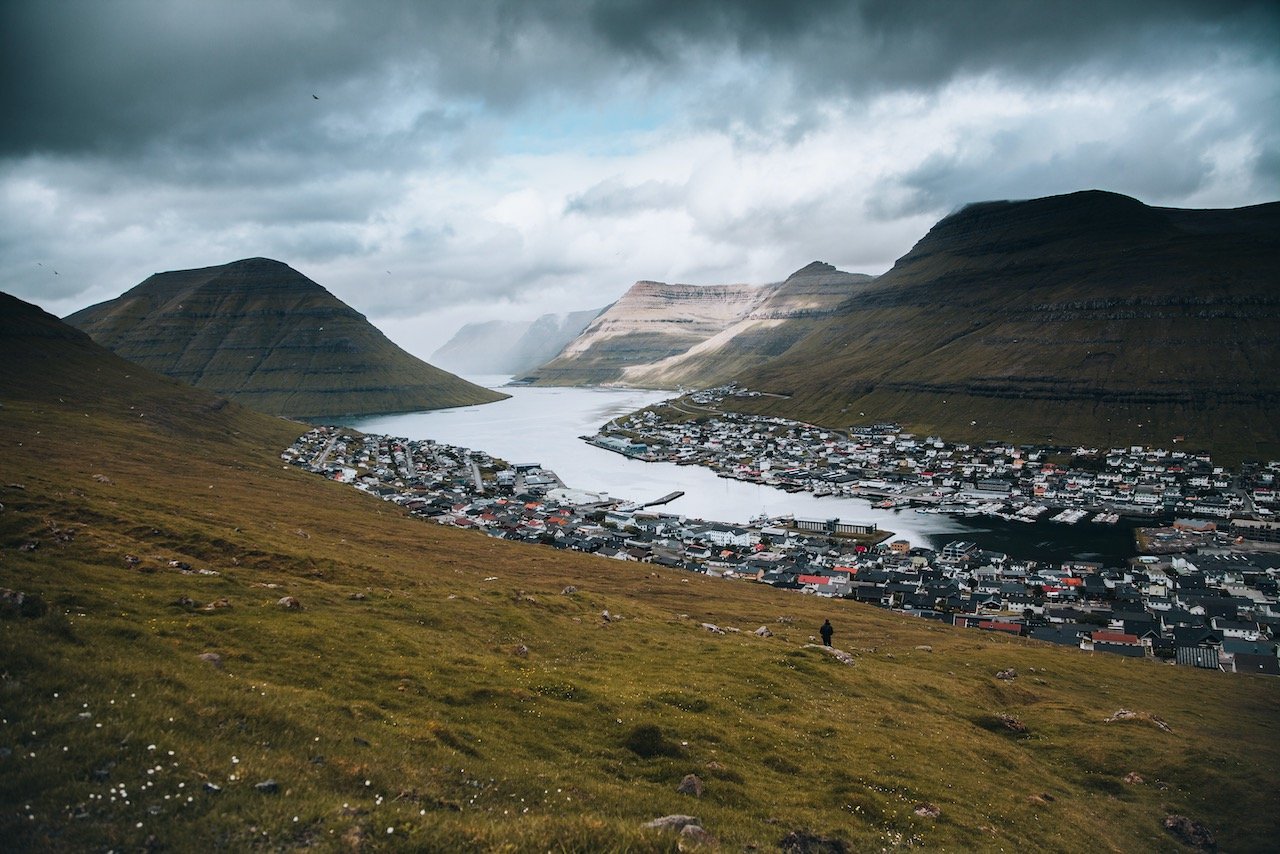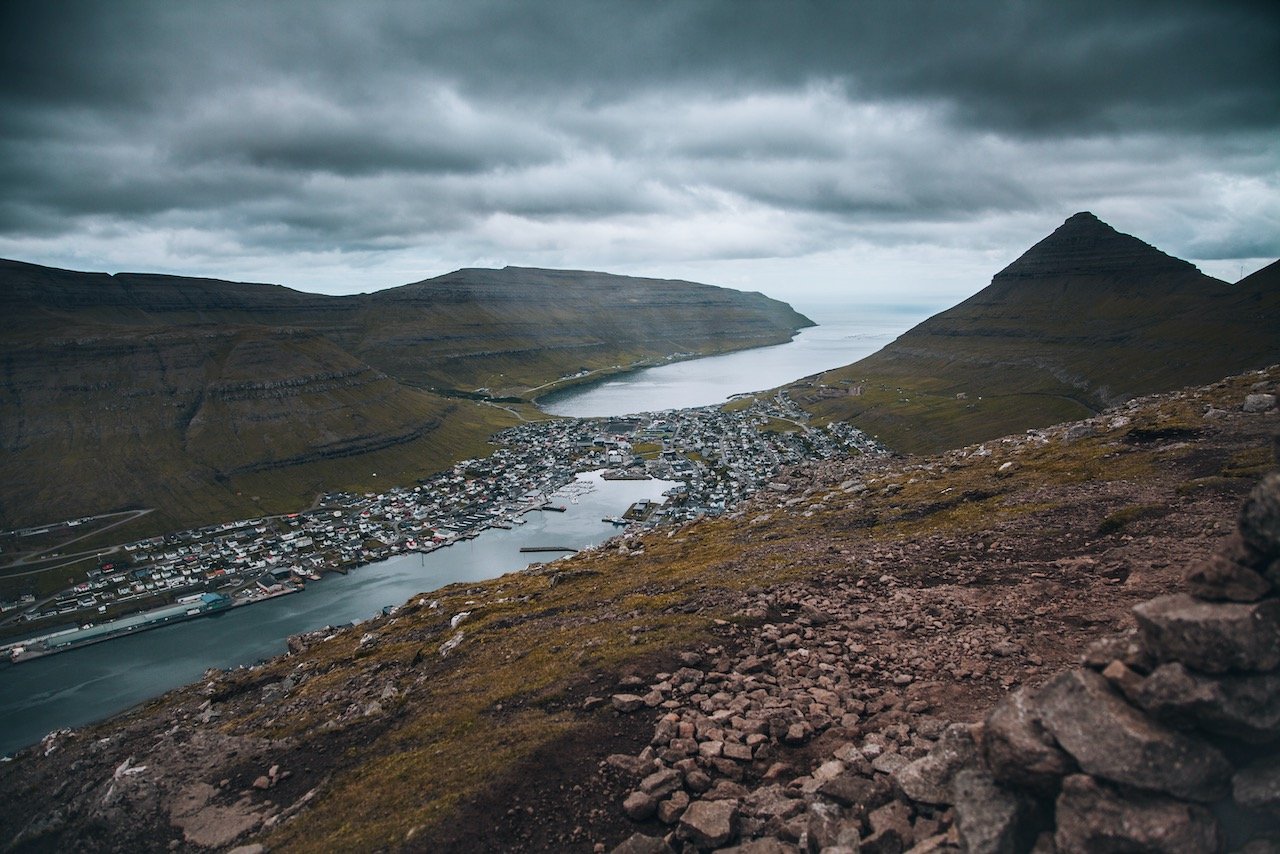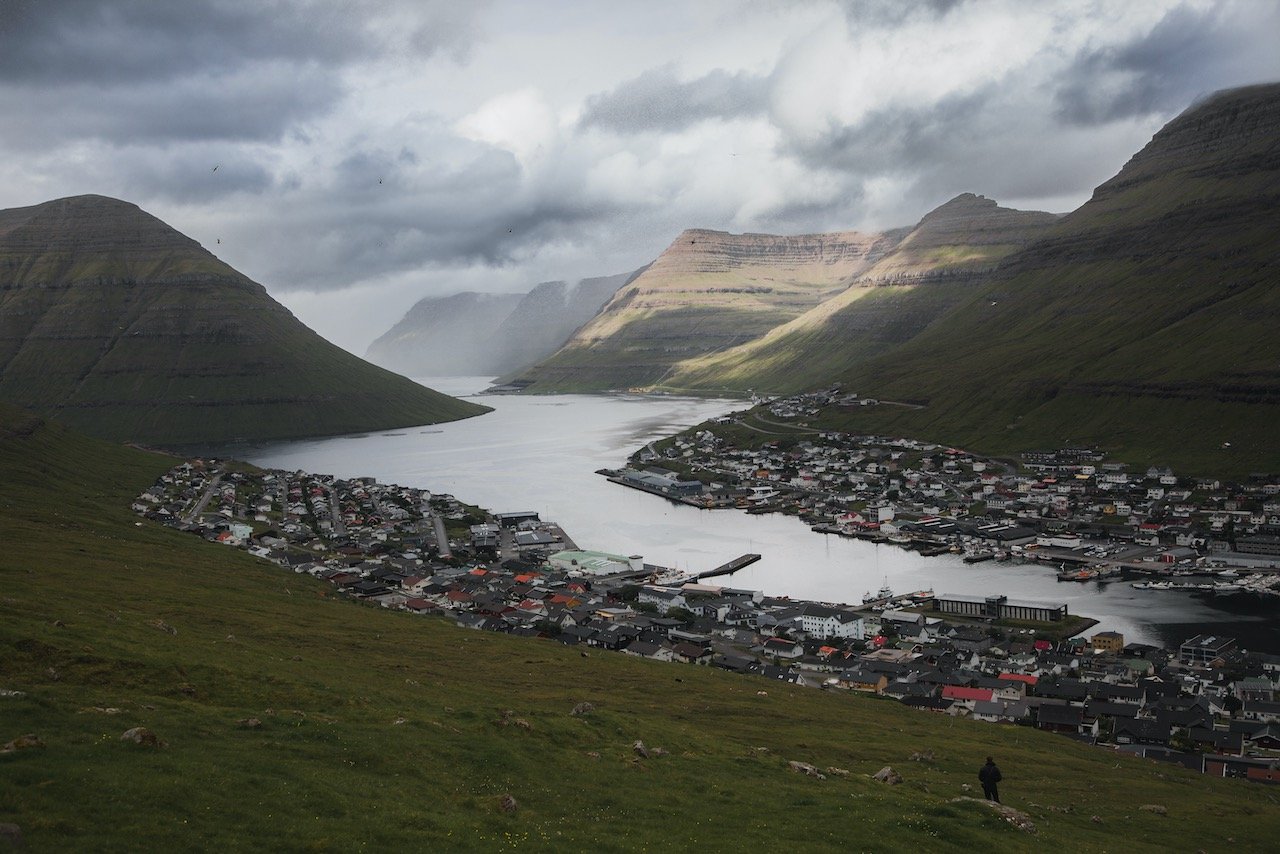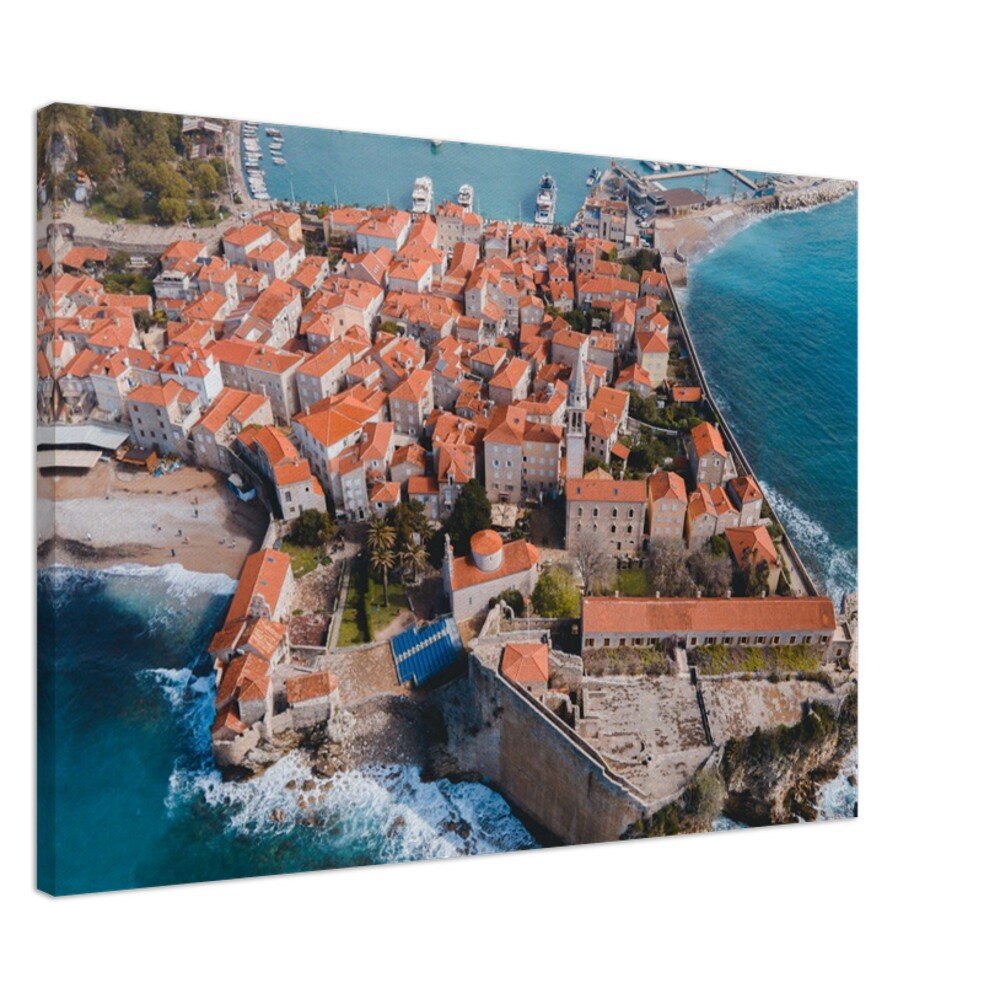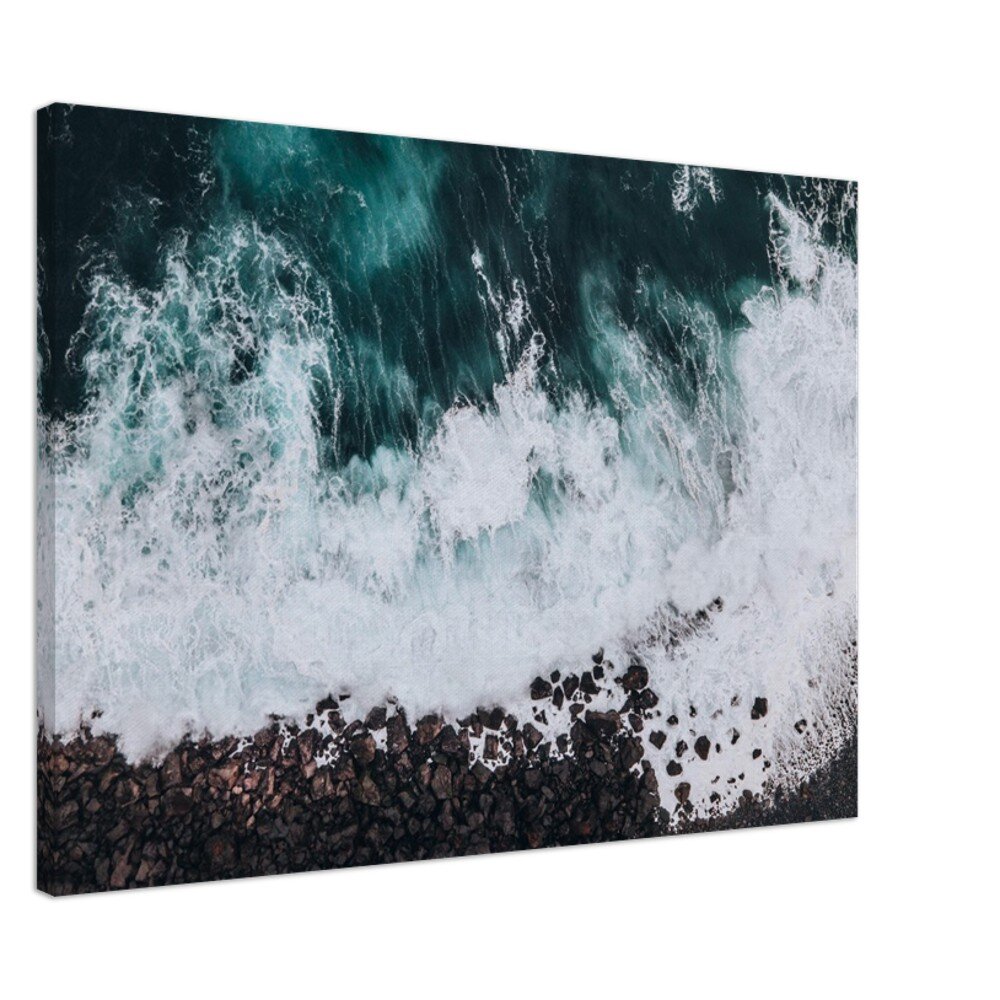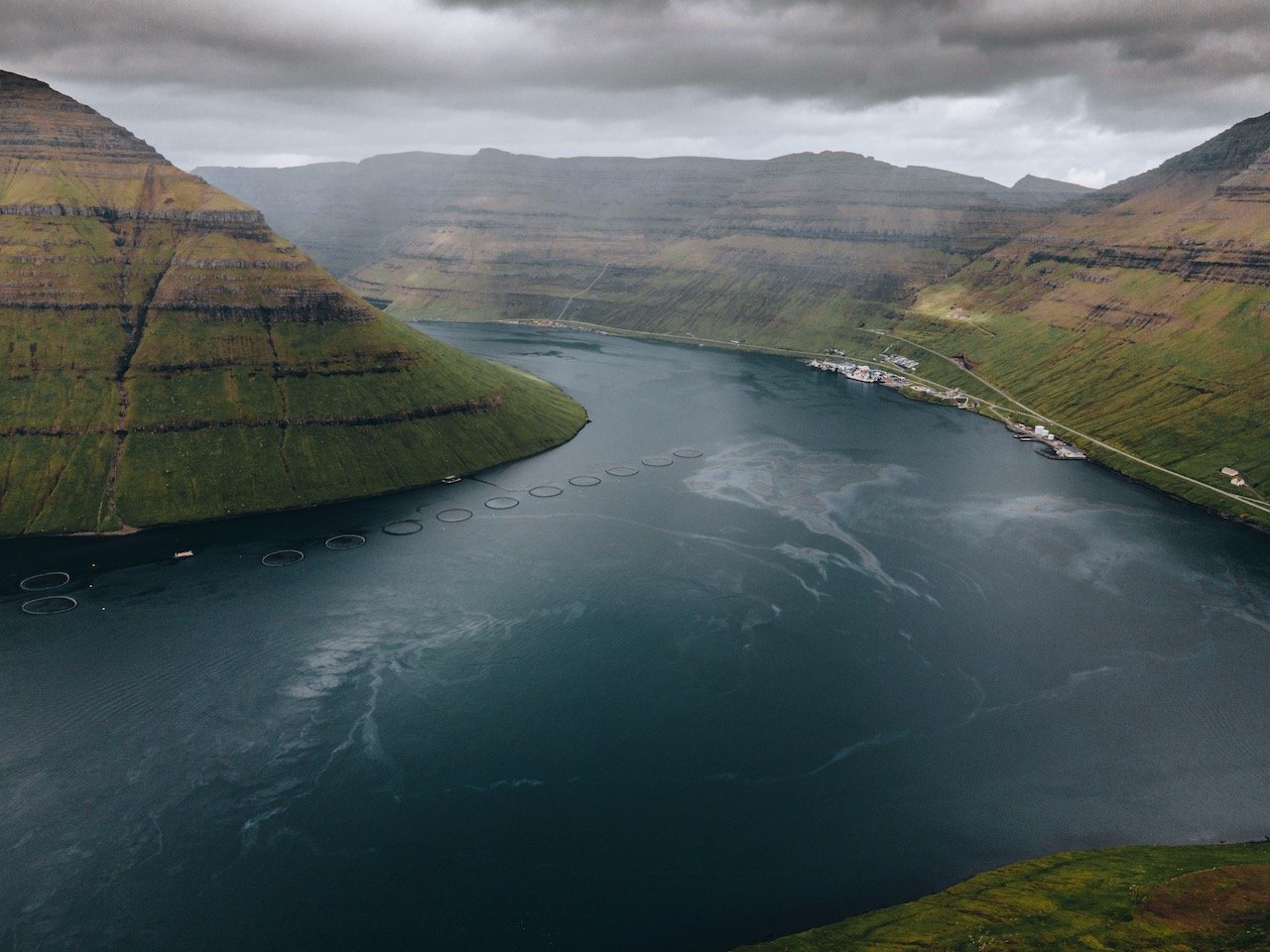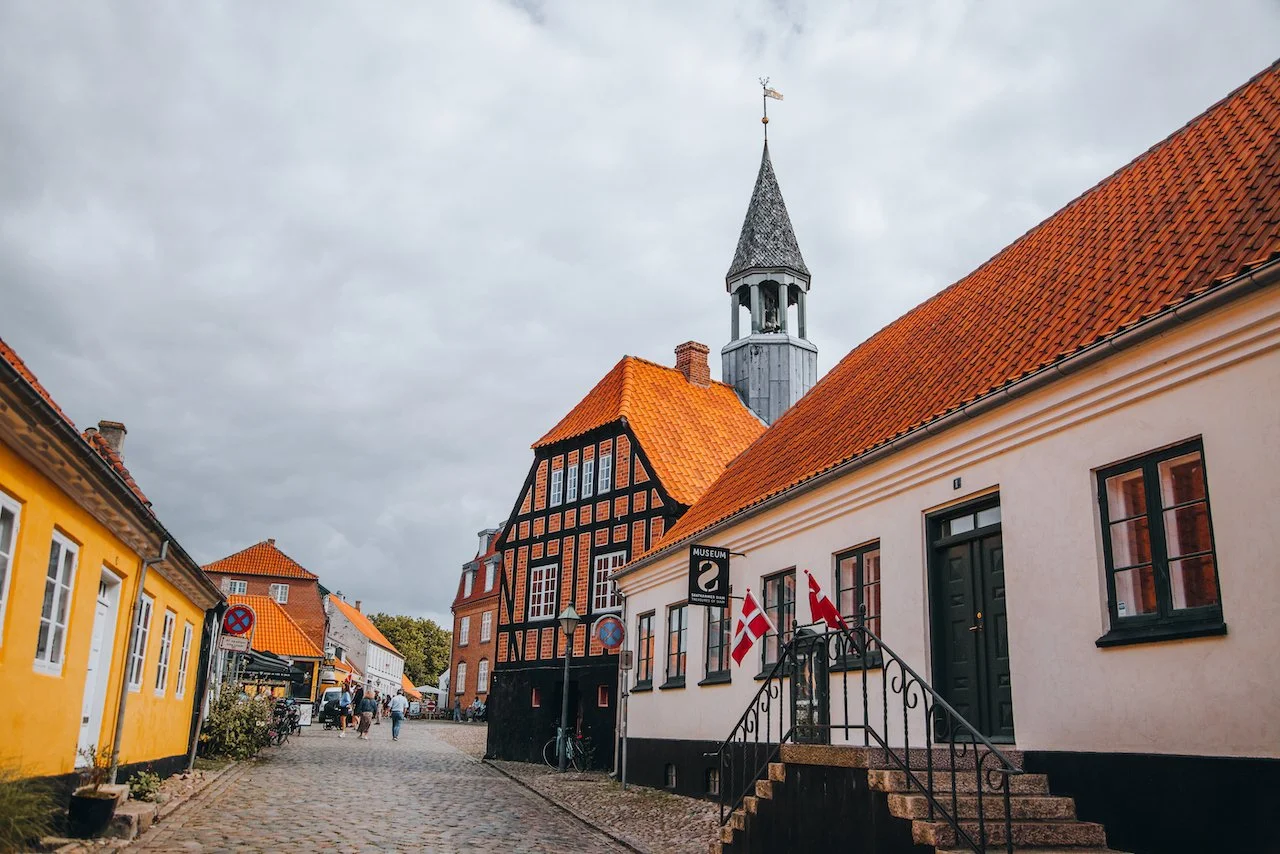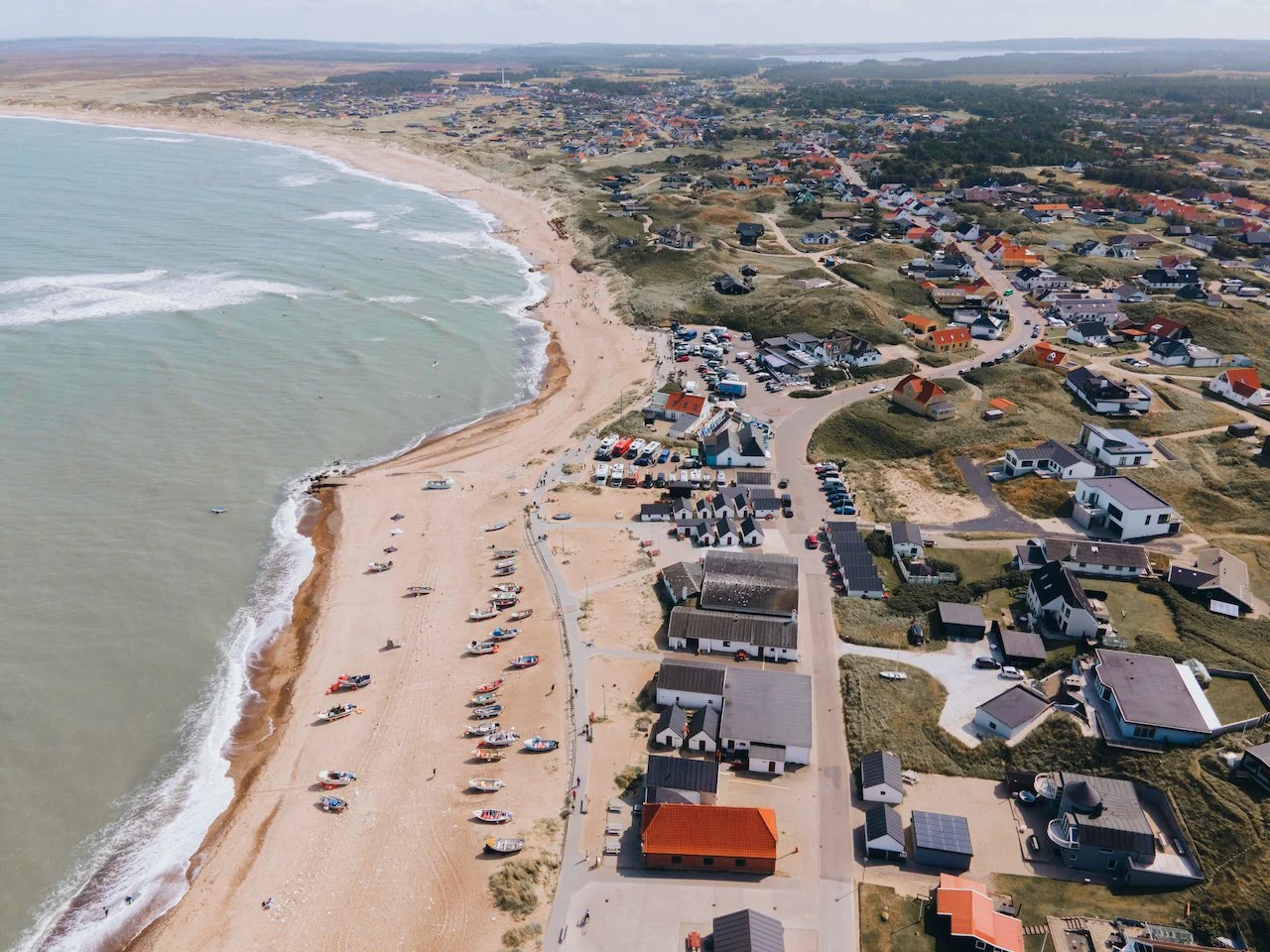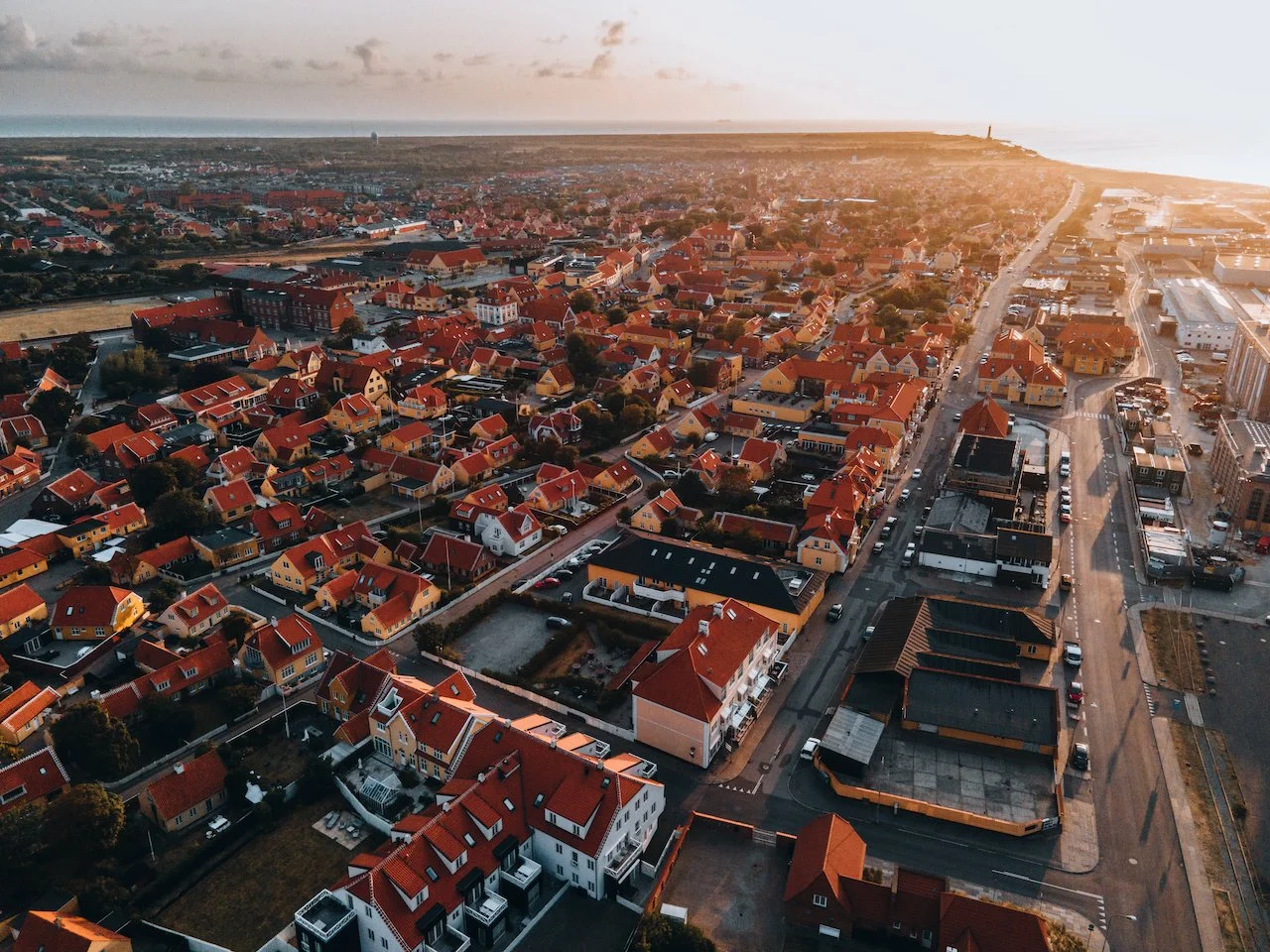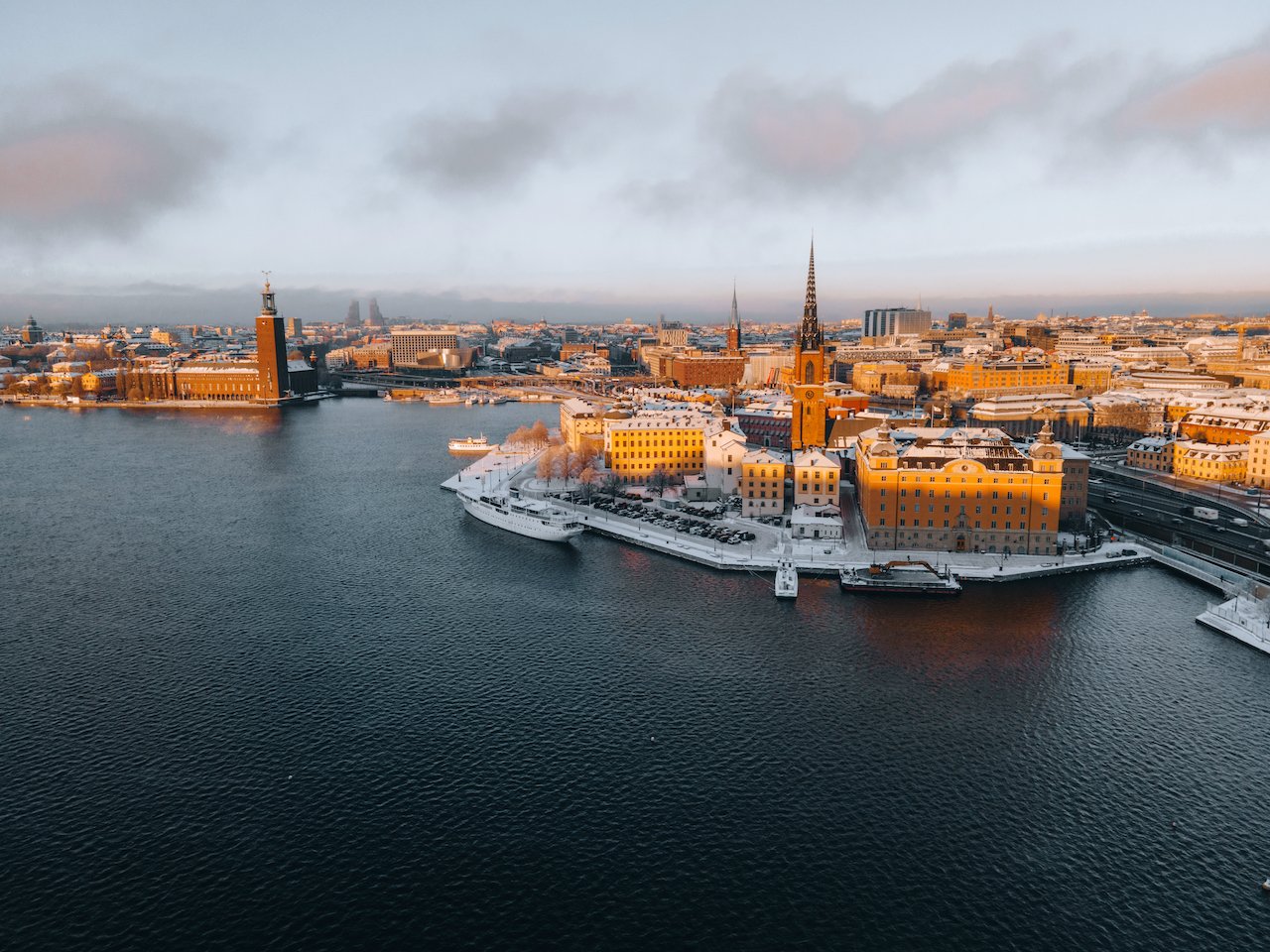A Journey to the Faroe Islands: The Island of Bordoy
(Some links in this post are affiliate links. If you click through and take action, I'll be compensated.) If you are also interested in any PRINTS from any of my posts, be sure to check out my store where you can buy prints as posters, in metal/wooden frames or on canvas.
**This post is the 5th of a 11-post series discussing what to see in this part of the Faroe Islands (You can check out the other parts in the list below, separated by each specific island (just click on the island name to see the blog post. Everything is also summarized in another post here.**
The Faroe Islands, or the Faroes, are an archipelago located in the North Atlantic Ocean and are a part of Denmark. The subpolar oceanic climate, moderated by the Gulf Stream, make the temperature of the Faroes nearly constant throughout the year. Origins of the Faroe Islands date back as early as 500 AD, thought to be settled by people from Great Britain or Ireland. [Funfact: The population of sheep (70,000) outnumber the human population (54,000)]
Tórshavn (Blog Post: A Journey to the Faroese Capital of Tórshavn)
Vágar (Blog Post: A Journey to the Faroe Islands: The Island of Vágar)
Streymoy (Blog Post: A Journey to the Faroe Islands: The Island of Streymoy)
Eysturoy (Blog Post: A Journey to the Faroe Islands: The Island of Eysturoy)
Bordoy (Blog Post: A Journey to the Faroe Islands: The Island of Bordoy)
Kalsoy (Blog Post: A Journey to the Faroe Islands: The Island of Kalsoy)
Vidoy (Blog Post: A Journey to the Faroe Islands: The Island of Vidoy)
Mykines (Blog Post: A Journey to the Faroe Islands: The Island of Mykines)
Sandoy (Blog Post: A Journey to the Faroe Islands: The Island of Sandoy)
Kunoy (Blog Post: A Journey to the Faroe Islands: The Island of Kunoy)
The Waterfalls of the Faroe Islands (Blog Post: The Waterfalls of the Faroe Islands)
In this blog post, I will cover the island of Bordoy. A Google Map of these places I will talk about can be seen at the end of this article. Check out my drone video from the Faroe Islands below!
How to Get to the Faroe Islands
The Faroe Islands are accessed primarily through Vágar Airport (FAE), the only airport in the archipelago. Vágar Airport connects the islands to major Northern European hubs:
Copenhagen Airport (CPH), Denmark: Several daily flights by Atlantic Airways and SAS; flight time about 1 hour 45 minutes.
Reykjavik Keflavik Airport (KEF), Iceland: Seasonal flights by Atlantic Airways, about 1 hour 15 minutes.
Edinburgh Airport (EDI), UK: Seasonal summer flights lasting roughly 2 hours.
Most travelers connect via Copenhagen, which has extensive international connections.
How to Get to Borðoy Islan
Step 1: Vágar Airport to Tórshavn
Your journey starts at Vágar Airport, the main point of entry to the Faroe Islands.
By Bus (Route 300)
Duration: ~50 minutes
Cost: ~60 DKK (~8 EUR)
Frequency: Hourly departures between ~07:30 and 22:00
Tickets: Can be purchased onboard or via the SSL app
By Taxi
Time: ~40 minutes
Cost: ~600–700 DKK (~80–95 EUR)
Step 2: Tórshavn to Klaksvík (Borðoy Island)
Once in Tórshavn, you’ll travel to Klaksvík — the main town on Borðoy — either by bus or rental car.
By Bus (Route 400)
Duration: ~2 hours 15 minutes
Cost: ~120 DKK (~16 EUR)
Schedule: 3–4 daily departures
Route Highlights: Scenic drive through the Eysturoyartunnilin, a subsea tunnel with a roundabout under the ocean
By Rental Car
Route: Tórshavn → Skálabotnur → Eysturoyartunnilin → Klaksvík
Distance: ~80 km
Time: ~1.5 hours
Tunnel Fee: Approx. 175 DKK (~24 EUR), round trip, paid by rental agency
Step 3: Arriving in Klaksvík (Borðoy Island)
Klaksvík is the largest town in the northern islands and an ideal base for day trips to Kalsoy, Kunoy, and Viðoy.
Town Transport:
The town is walkable and has local buses running to nearby villages.
Buses are free in Klaksvík (thanks to a local initiative), though service is limited to weekdays.
Nearby Connections:
Roads and bridges connect Borðoy with Kunoy and Viðoy via short drives.
Kalsoy requires a short ferry ride from the Klaksvík port.
Total Travel Time from Vágar Airport to Klaksvík
Using public transport: ~4 to 5 hours (including waiting times)
By rental car: ~2.5 to 3 hours
Total Cost (public option): ~180 DKK (~24 EUR)






